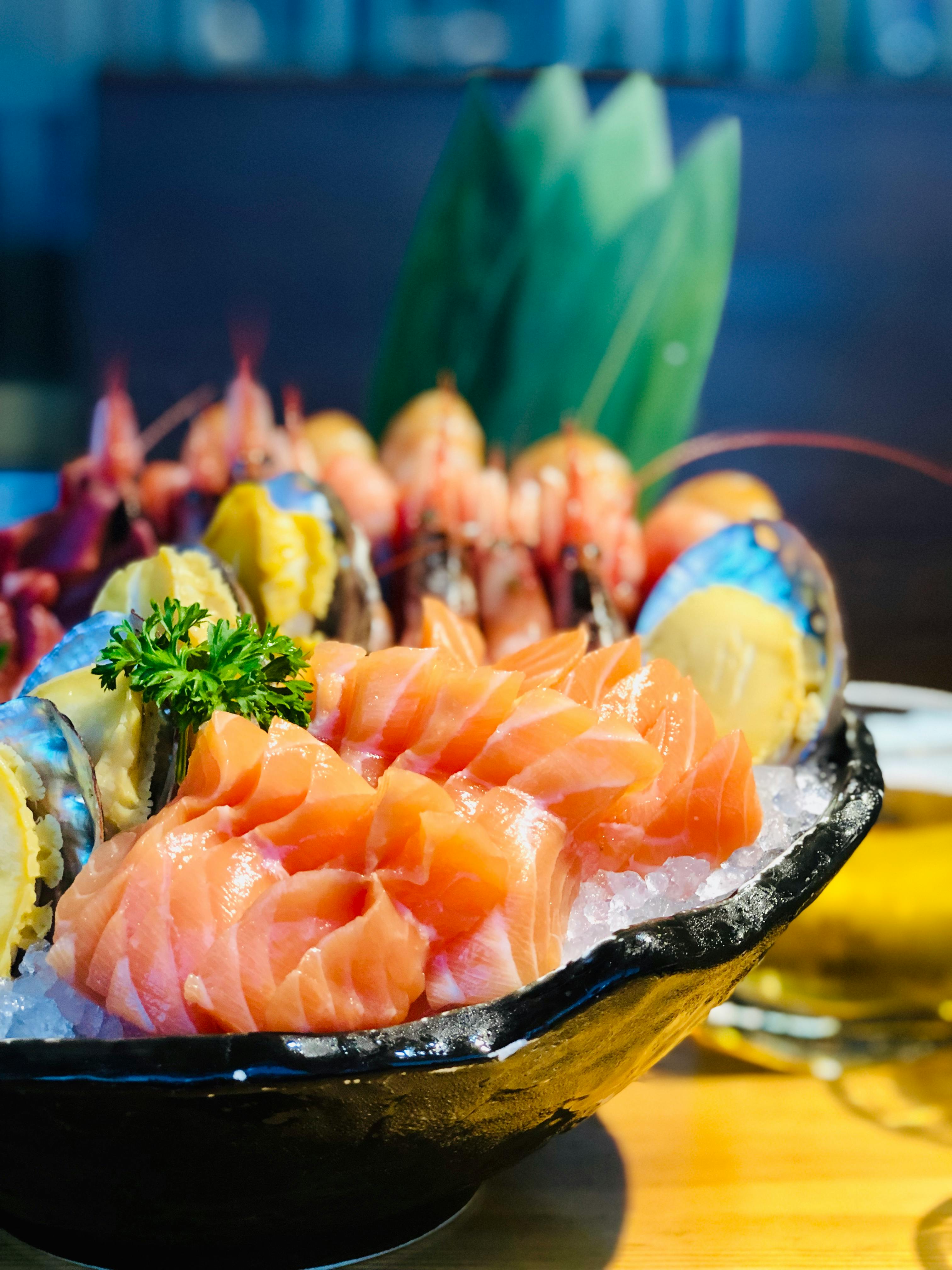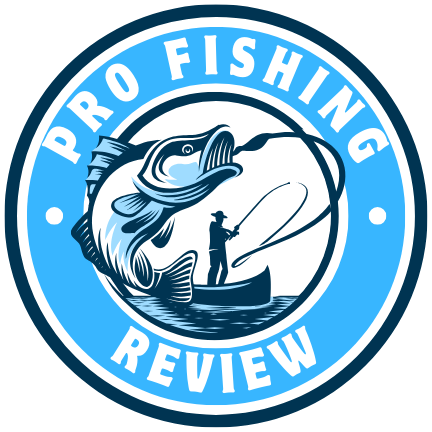Have you ever wondered why salmon, that delicious and nutritious fish, always seems to come with a hefty price tag? Well, the truth behind the sticker shock is a fascinating combination of factors. From the challenges of catching wild salmon to the labor-intensive process of farm-raising them, there’s a lot more to this coveted seafood than meets the eye. In this article, we will uncover the reasons why salmon is so expensive and shed light on the complexities of its production.

This image is property of images.pexels.com.
Demand and Popularity
Salmon has become increasingly popular and in high demand in the market. This is primarily due to its delicious taste, versatility in cooking, and numerous health benefits. Whether it’s baked, grilled, or served raw in sushi, salmon has become a popular choice among consumers all around the world. The demand for salmon has led to fierce competition for a limited supply.
Limited Supply
While the demand for salmon continues to rise, the supply is limited. There are several factors contributing to this limitation. One factor is the availability and capture restrictions placed on wild salmon. These restrictions aim to protect and maintain the wild salmon population in their natural habitats, preventing overfishing and depletion.
Environmental factors also play a significant role in the limited supply of salmon. Changes in climate conditions, such as warming waters and altered migration patterns, affect the wild salmon population. These factors can lead to lower spawning rates and reduced overall numbers.
Additionally, aquaculture, or fish farming, plays a vital role in meeting the demand for salmon. However, the production of farmed salmon also has its limitations. It requires suitable conditions, such as clean water, optimal temperatures, and proper feed. Meeting these requirements can be challenging, further limiting aquaculture production.
Another factor contributing to the limited supply of salmon is the increased global consumption. As more people recognize the health benefits and nutritional value of salmon, the demand continues to rise. Meeting this growing demand becomes increasingly challenging for producers.

This image is property of images.pexels.com.
High Production Costs
Producing salmon comes with significant expenses. One of the primary costs is the need for expensive feed requirements. Salmon require a diet consisting of fishmeal and fish oil, which are costly to produce. These feed requirements account for a substantial portion of the production expenses.
Strict regulations and certifications also contribute to the high production costs. Salmon farms must adhere to various standards and obtain certifications to ensure the quality and safety of their operations. Compliance with these regulations requires additional investments in technology and equipment, adding to the production costs.
Salmon farming is a labor-intensive process, requiring skilled personnel to monitor and maintain the fish’s well-being. The labor costs involved in the nurturing and care of the fish can significantly impact the overall production expenses.
Transportation and logistics costs also play a role in the high production costs of salmon. Maintaining the cold chain during transportation to ensure the freshness and quality of the product comes with additional expenses.
Quality and Freshness Standards
Salmon is known for its high quality and freshness, which is ensured through strict quality control measures. From the moment it is caught or harvested, salmon undergoes rigorous inspections to ensure it meets the required standards. These quality control measures help maintain the reputation of salmon as a premium product.
Certification requirements further contribute to the quality and freshness standards of salmon. Producers must obtain various certifications, such as those related to food safety and environmental sustainability, to demonstrate their commitment to meeting industry standards.
Cold chain management is crucial to maintaining the freshness of salmon. From the moment it is harvested to the time it reaches the consumer, salmon must be kept at the optimal temperature. This requires specialized refrigeration and storage facilities, adding to the production costs.
In addition to its quality, salmon’s freshness is also a crucial factor. Salmon has a relatively short shelf-life compared to some other fish species. This necessitates efficient logistics and distribution networks to ensure the timely delivery of fresh salmon to market.

This image is property of images.pexels.com.
Environmental Concerns
The salmon industry faces environmental concerns that impact both wild and farmed salmon. One of the primary concerns is the impact of aquaculture on ecosystems. Often, salmon farms are located near coastal areas, and the effluents from these farms can affect the water quality and biodiversity of surrounding habitats.
To address these concerns, efforts for sustainable practices in salmon farming have emerged. Practices such as responsible sourcing of feed ingredients, minimizing pollution and waste, and implementing stricter environmental regulations help mitigate the environmental impact. However, adhering to sustainable practices often requires additional investments and higher production costs.
Market Factors
The salmon industry faces competition from other luxury fish species. Fish like tuna, swordfish, and grouper also offer unique flavors and textures, attracting consumers who are willing to explore other options. As a result, the salmon industry must constantly adapt and innovate to maintain its position as a popular choice among consumers.
Influences from currency exchange rates can also affect the cost of salmon. Changes in exchange rates can impact import and export prices, influencing the overall market price of salmon.
Global market trends play a significant role in shaping the demand and supply dynamics of salmon. The increasing focus on healthy and sustainable food choices has led to a growing demand for salmon. Consumer preferences and trends heavily influence the market and the prices of salmon.
Import and export regulations also affect the availability and cost of salmon. These regulations can restrict or facilitate the flow of salmon across borders, impacting the overall supply and pricing.
Profit margins along the supply chain must also be considered. From the fishermen or farmers to distributors and retailers, each party involved looks to maintain profitability, which can impact the final price of salmon.
Health Benefits and Nutritional Value
Salmon is renowned for being a rich source of omega-3 fatty acids. These essential fatty acids have been linked to numerous health benefits, including reduced risk of heart disease, improved brain function, and reduced inflammation. The growing awareness of the health benefits associated with omega-3s has contributed to the increased demand for salmon.
Numerous studies have further highlighted the health benefits of consuming salmon. These studies have reported positive effects on cardiovascular health, cognitive function, and overall wellbeing. The scientific evidence supporting the health benefits of salmon continues to reinforce its popularity among health-conscious consumers.
The rising demand for healthy and sustainable food choices has also contributed to the increased popularity of salmon. As consumers become more conscious of their food choices, they seek out nutrient-rich options like salmon that are sustainably sourced.
Processing and Packaging Costs
The processing and packaging of salmon incur additional costs. Specialized processing techniques are required to ensure the quality and safety of the product. These techniques include filleting, deboning, and removing any impurities from the fish. Such processes require skilled labor and specialized equipment, adding to the production expenses.
To preserve the freshness and quality of salmon, vacuum packaging and freezing methods are commonly employed. These packaging techniques help extend the shelf-life of salmon and maintain its taste and texture. However, the costs associated with vacuum packaging and freezing equipment contribute to the overall production costs.
Quality assurance and traceability are crucial aspects of the salmon industry. Ensuring that each piece of salmon can be traced back to its source provides transparency and reassurance to consumers. Implementing traceability systems requires investments in technology and record-keeping, which contribute to processing costs.
Additionally, premium presentation is often desired for salmon. Factors such as attractive labeling, branding, and packaging aesthetics come with additional costs to enhance the overall consumer experience.
Transportation and Distribution Challenges
Salmon’s perishable nature presents transportation and distribution challenges. Maintaining the freshness and quality of salmon requires quick delivery from production facilities to consumers. This necessitates efficient logistics and distribution networks, ensuring that salmon reaches its destination in optimal condition.
Cold storage and refrigeration requirements are essential during transportation and distribution. From the moment salmon leaves the production facility, it must be kept at the correct temperature to prevent spoilage and maintain its freshness. Meeting these storage and refrigeration needs adds to the transportation and distribution costs.
The complex distribution networks involved in the salmon supply chain can also pose challenges. From coordinating with multiple parties involved, such as wholesalers, distributors, and retailers, to managing inventory and addressing any logistical issues, ensuring a smooth flow of salmon from production to consumer can be demanding and costly.
Transporting salmon across borders introduces additional costs and regulations. Import and export fees, customs duties, and compliance with various regulations pertaining to international trade can impact the final price of salmon.
Government Policies and Regulations
Government policies and regulations play a crucial role in the salmon industry. Fishing quotas and limitations are implemented to ensure the sustainability and preservation of wild salmon populations. These policies regulate the quantity of salmon that can be caught, helping prevent overfishing and depletion.
Resource management policies aim to maintain the balance of ecosystems and protect the habitats of wild salmon. By managing activities that could harm these habitats, such policies contribute to the long-term sustainability of the industry.
Environmental protection measures, such as wastewater management and pollution prevention, are in place to mitigate the impact of salmon farming on ecosystems. Compliance with these measures can require additional investments and higher production costs.
Market regulations and inspections also play a role in maintaining the quality and safety of salmon. Regular inspections ensure that producers adhere to industry standards and food safety regulations, maintaining consumer trust and confidence in the product.
In conclusion, the price of salmon is influenced by various factors. The high demand and limited supply create a competitive market. Production costs include expensive feed requirements, strict regulations, investments in technology and equipment, and labor-intensive processes. Quality and freshness standards, environmental concerns, market factors, health benefits, processing and packaging costs, transportation and distribution challenges, and government policies all contribute to the overall cost of salmon. Despite its expensive nature, the popularity and health benefits of salmon continue to drive its demand, making it a prized choice for consumers worldwide.

